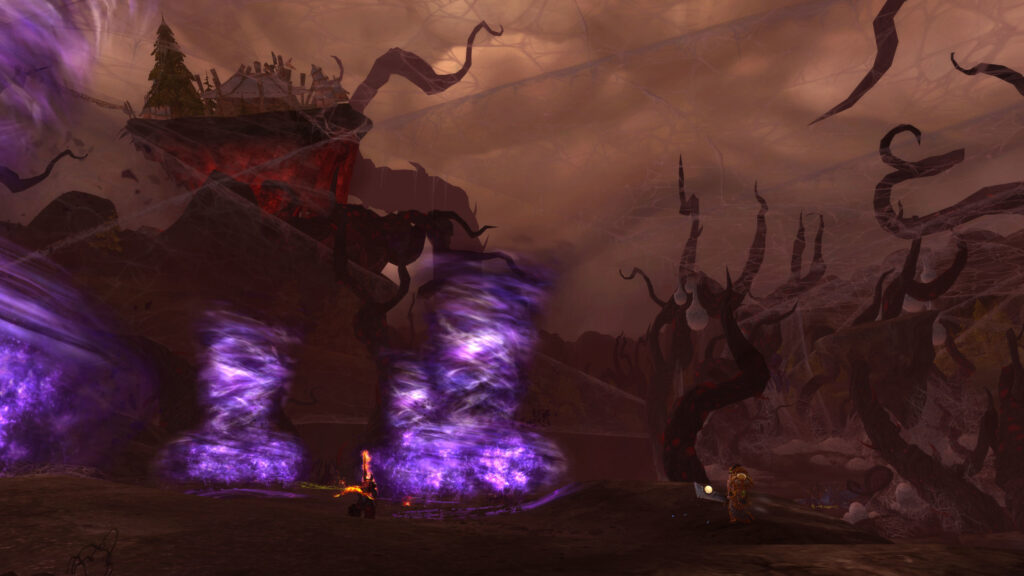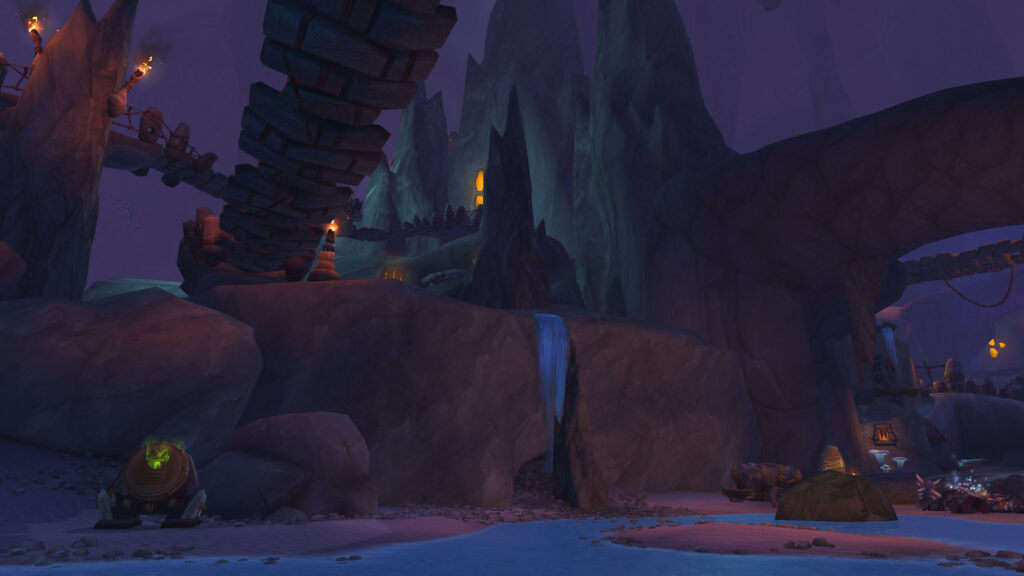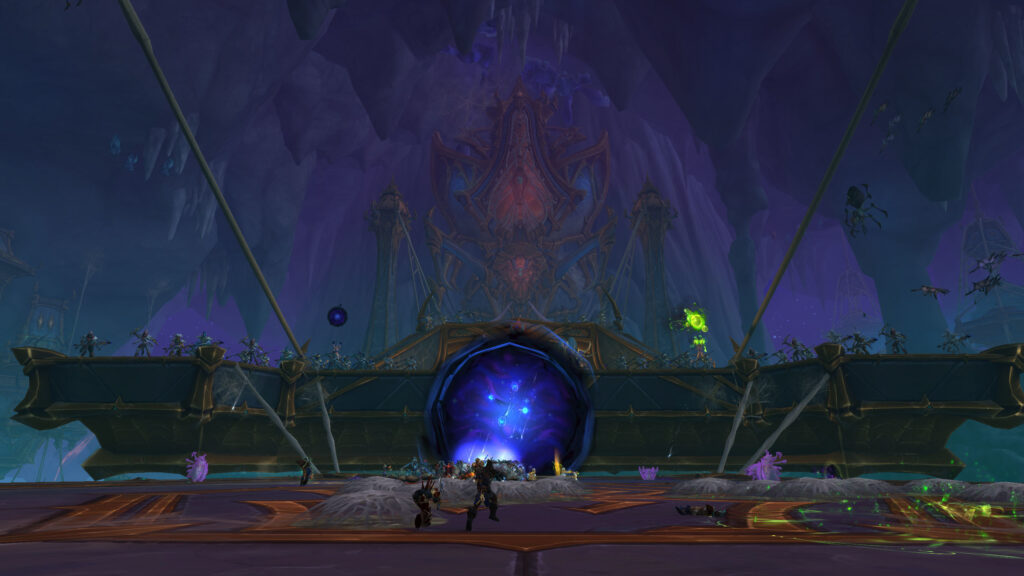Introduction. In World of Warcraft, raids often steal the spotlight—epic finales, grand cinematics, and legendary rewards dominate the conversation. Yet, beneath the shadow of these massive undertakings lies one of the game’s most overlooked storytelling treasures: its dungeons. Far from being filler content, dungeons often serve as narrative bridges, revealing vital context and emotional depth that enrich the larger story. From the eerie whispers of Karazhan to the moral tension within De Other Side, dungeons are self-contained sagas that deserve equal recognition for their artistry and narrative design.
This article explores why dungeon storytelling is just as impactful as raids, how Blizzard crafts their atmosphere and pacing, and why these smaller experiences form the backbone of Warcraft’s enduring worldbuilding.

Dungeons as the Unsung Heroes of Storytelling
Every expansion uses dungeons to set tone and texture long before its raids arrive. They function as the living veins of the world—smaller, more intimate encounters that showcase localized conflicts and personal tragedies. Take The Maw of Souls, where players ferry doomed spirits through stormy seas, or The Court of Stars, which weaves espionage and elegance into Suramar’s rebellion. These moments ground the cosmic scale of Warcraft’s storytelling in human emotion and atmosphere.

Because of their condensed nature, dungeons allow for tighter narratives. While raids tell stories of gods and world-ending threats, dungeons tell stories of communities, betrayal, and survival. They breathe life into expansions, transforming background lore into playable myth.
Designing Emotion Through Environment
Blizzard’s environmental storytelling is especially potent in dungeons. Every corridor, sound cue, and lighting choice contributes to immersion. In Halls of Reflection, echoes of Arthas’s voice turn a chase sequence into a meditation on fear and guilt. In Waycrest Manor, flickering candles and whispered curses turn gothic tropes into emotional storytelling. These designs blend aesthetics with narrative rhythm, teaching players to feel the story as much as they hear it.
Through pacing and visual design, dungeons craft intimacy that raids cannot replicate. They don’t overwhelm with spectacle—they whisper their tales through decay, detail, and danger. This subtlety makes them enduringly memorable, even years after completion.
The Connection Between Gameplay and Narrative
Dungeons uniquely intertwine mechanics with story. Boss encounters often reflect their lore thematically—each fight becomes an act of storytelling. The final boss of The Underrot embodies corruption’s spread, forcing players to fight amidst decaying flora. Shadowmoon Burial Grounds turns ritualistic combat into a visual sermon about death and devotion. This design philosophy makes gameplay itself an extension of narrative, not a break from it.

Even loot contributes to immersion. Weapons and trinkets often carry flavor text that reinforces the dungeon’s lore, turning reward into remembrance. Every victory, no matter how small, becomes part of the player’s relationship with the world’s history.
| Dungeon | Expansion | Theme | Narrative Focus |
|---|---|---|---|
| Waycrest Manor | Battle for Azeroth | Gothic Horror | Family corruption and ancestral curse |
| Halls of Reflection | Wrath of the Lich King | Dark Legacy | Arthas’s final pursuit and repentance |
| De Other Side | Shadowlands | Spiritual Conflict | Balance between faith, mischief, and mortality |
| Dawn of the Infinite | Dragonflight | Temporal Paradox | The fragility of time and destiny |
Dungeons as Cultural Memory
Each dungeon captures a snapshot of Warcraft’s world at a specific moment in time. When players revisit them years later, they’re not just farming loot—they’re walking through history. These spaces preserve emotional continuity between expansions, keeping characters, cultures, and conflicts alive in players’ memories. In many ways, they act as cultural archives—playable fossils of storytelling evolution.

That legacy gives dungeons longevity beyond gear progression. They connect generations of players through shared experiences—whether it’s the dread of an early Wailing Caverns run or the awe of Suramar’s elegance. Dungeons are the narrative glue holding Azeroth’s eras together.
Conclusion
WoW’s dungeons are more than side content—they’re living stories told through design, emotion, and atmosphere. They complement raids by focusing on intimacy rather than scale, revealing the smaller truths behind grand conflicts. As Blizzard continues refining dungeon storytelling through Mythic+ and future expansions, it’s clear that the heart of Azeroth’s mythos doesn’t just beat in its raids—it pulses through every forgotten corridor, every whispered line, and every final boss defeated in the dark.
Home

